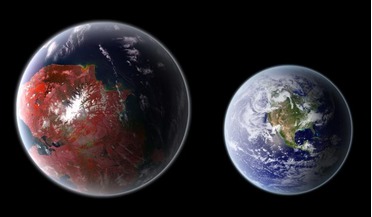 23 June 2021
Exoplanets with Earth-like biospheres may be rare
23 June 2021
Exoplanets with Earth-like biospheres may be rare
...such planets could not sustain a rich biosphere say the team. Red dwarfs, the most common type of star in the galaxy, that has...habitable zone, that lies around 40 light years away. “Since red dwarfs are by far the most common type of star in our ...
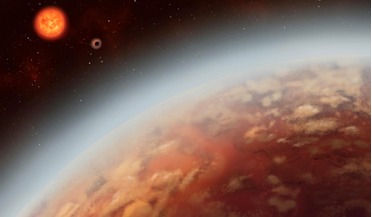 11 September 2019
First detection of atmospheric water vapour on 'super-Earth' in habitable zone
11 September 2019
First detection of atmospheric water vapour on 'super-Earth' in habitable zone
...planet and twice as large. It whips round its host star, a red dwarf 110 light years from Earth, in 33 days and sits in a ...and its host star is equally dissimilar to our Sun. The M2.5 Dwarf star that K2-18 b orbits (K2-18) is less than half the size ...
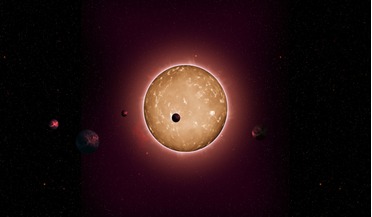 24 November 2021
Astronomers discover more than 350 possible new exoplanets
24 November 2021
Astronomers discover more than 350 possible new exoplanets
...zone of Sun-like stars, to searching around smaller, dimmer red dwarf stars instead. Dubbed K2, this “Second Light" mission lasted ... system consisting of four Earth-sized planets orbiting an M dwarf star. First spotted in 2017, only three planets were...
 April 2024
Terraformal dreaming
April 2024
Terraformal dreaming
...to top it all off, there’s no magnetosphere, so the Red Planet is constantly bombarded by carcinogenic solar and galactic radiation. The... overactive solar radiation. Many of them orbit red dwarf stars, frigid little things that periodically fire forth...
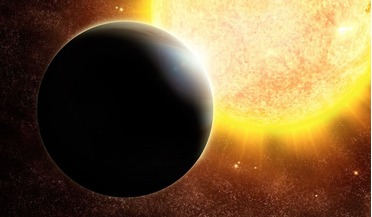 February 2016
How to Build Planets
February 2016
How to Build Planets
... characteristic of volcanic activity. 55 Cancri differs from our own Solar System in that the main star has a red dwarf companion; nonetheless, as our measurements become sensitive to lower masses, it is only a matter of time before astronomers find...
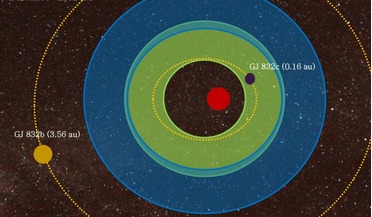 18 August 2017
A new Earth-like planet may have been found as close as 16 light years away
18 August 2017
A new Earth-like planet may have been found as close as 16 light years away
...0.25 to 2.0 astronomical units from the system's star. Gliese 832 is a red dwarf slightly less than half the mass an radius of our sun. Two exoplanets are... known to orbit the dwarf – the gas giant Gliese 832b and the so-...